Artistry and alchemy: Lasvit transforms glass into a three-dimensional canvas at Milan Design Week
Take a peek inside the making of Czech design brand Lasvit's Milan Design Week 2024 installation (on view at Palazzo Isimbardi from 16-21 April)
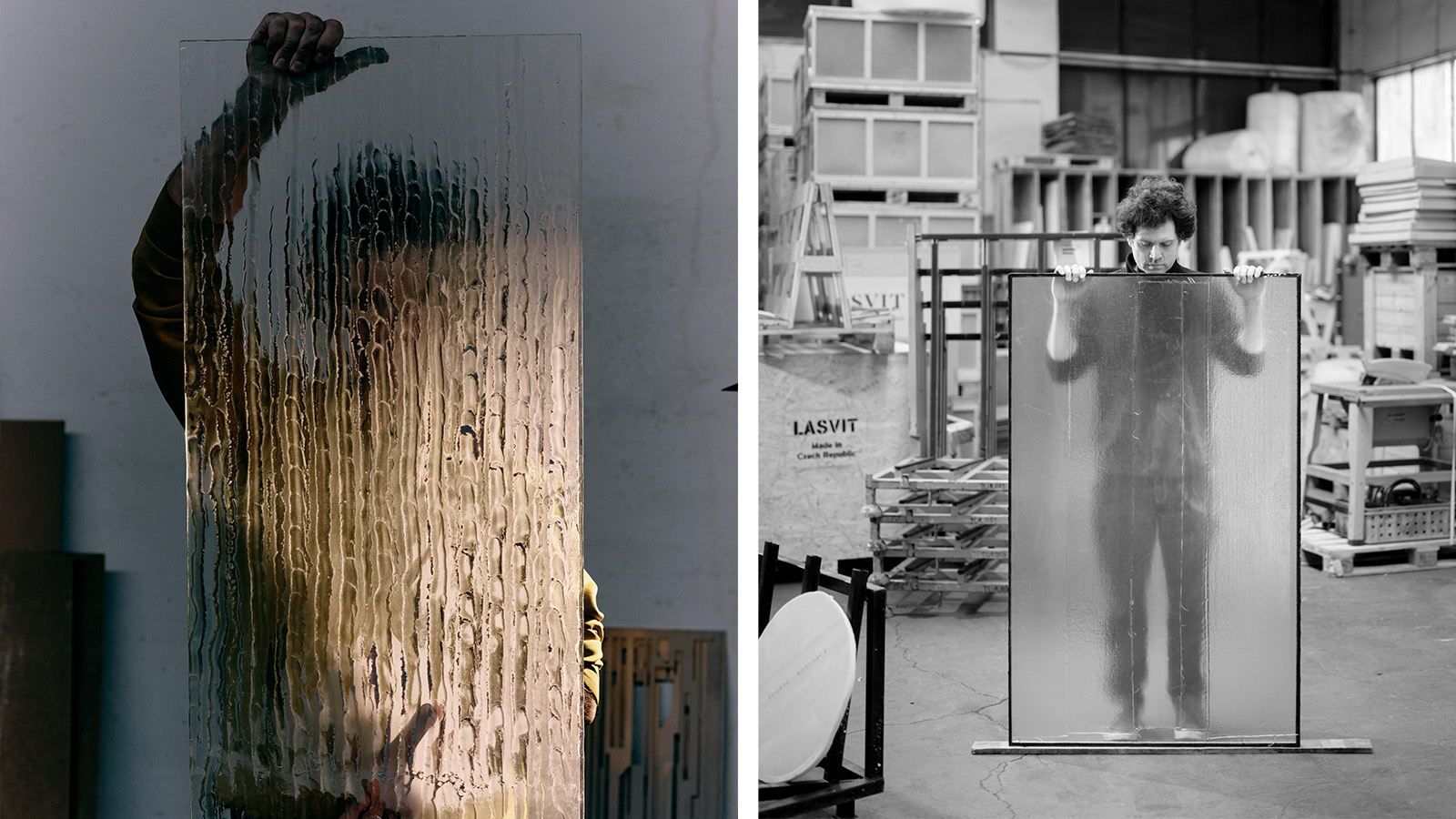
As part of its ongoing mission to redefine and reinvent glass, Czech design brand Lasvit takes over the courtyard of Palazzo Isimbardi during Milan Design Week 2024 with a striking and majestic installation. Featuring 10 large-scale panels of fused glass, some measuring almost five metres in height and placed in Corten steel frames, others measuring three metres and free-standing, ‘Porta’ (or Gate), as the installation is called, will present the handmade glass specialist’s latest experiments and innovations in fused glass for architectural and outdoor settings.
'It’s something between artistry, engineering and alchemy,’ says Lasvit Art Director, Maxim Velčovský, who designed the installation, as he walks around the factory where they have been crafting the unique pieces in the run-up to Salone del Mobile.
Lasvit presents ' Porta' at Milan Design Week
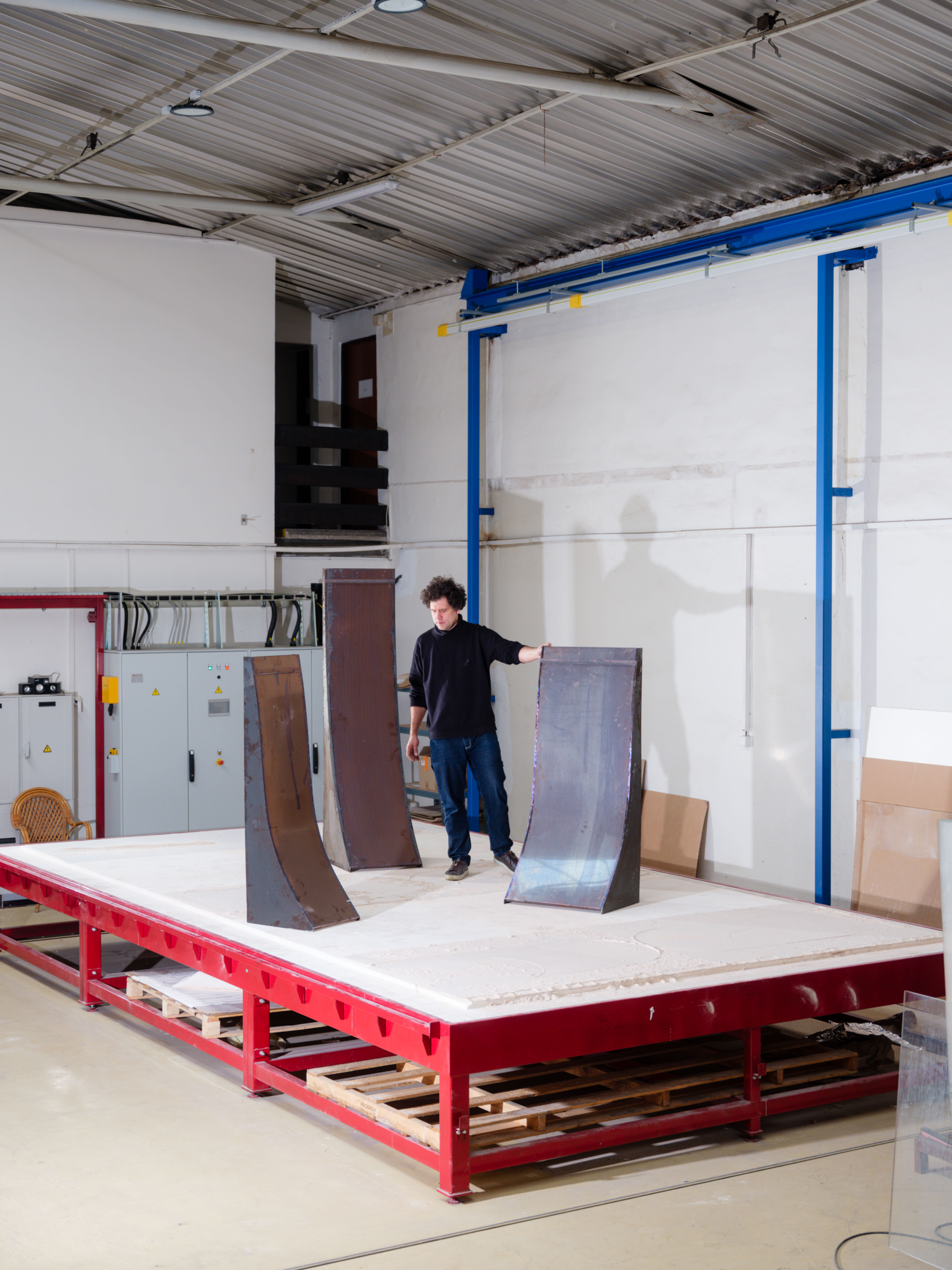
Located just minutes from the company’s multi-building HQ in the northern Bohemian town of Nový Bor, the factory is filled with a panoply of glass in different sizes, on which Velčovský and the workshop artisans have tested different and sometimes pleasingly zany designs over a period of months. Anything can and has been used - from rollers, brushes and ceramic beads to rope, bubble wrap or even fingers - to create the patterns and motifs on the thick layers of a so-called release agent that looks like sand.
'It's a special powder,' explains Velčovský, 'that resists the heat and that you can wash out afterwards.' The flat sheet of glass - or float glass - is laid on top of the ‘imprinted sand’ and then heated in a custom-made kiln (that also happens to be the largest in Europe) so that it absorbs the designs and indentations below.
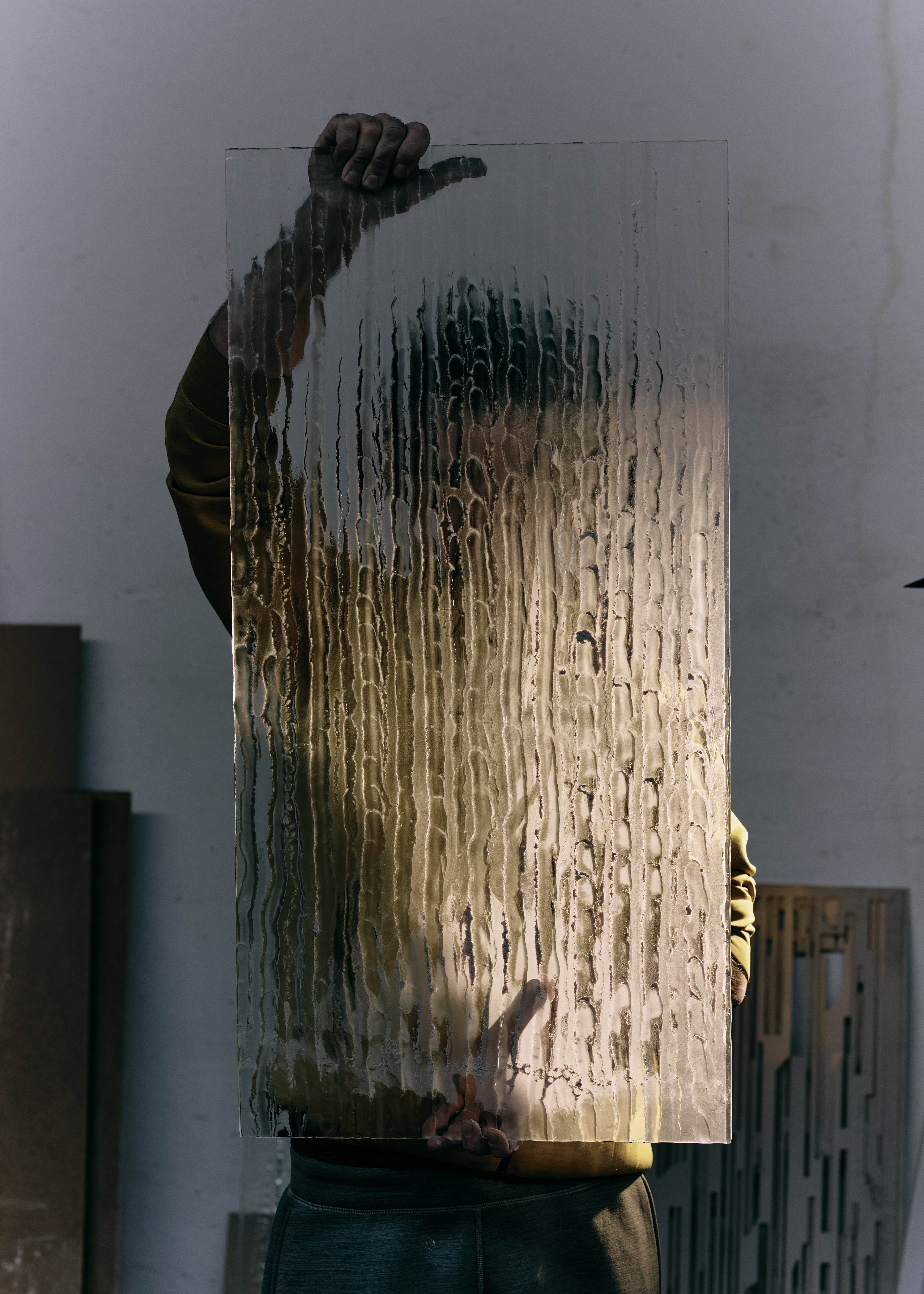
The results are elegant, playful and mysterious in equal measure. Velčovský is partial to two designs in particular, both of which are making their way to Milan as we speak. One is a sort of lunar landscape with craters (achieved by throwing the ‘sand’ so it leaves ‘holes’); the other a medley of all the different tools and utensils used.
'I walked on the sand for part of that one and left a really good imprint of my shoes,' says Velčovský with a grin. The testing process sounds like a lot of fun but it wasn’t without its risks and perils. 'If you do too radical or deep a relief you can’t laminate the glass after,' explains Velcovsky. The real challenge and limit, for now, is making sure the glass is structurally safe in these sizes and getting the necessary certification. 'We are working with scientists and technologists on new materials that would make the glass even safer but this will take another year or so.' The idea is that by then they will be able to do even the bigger sizes without a frame.
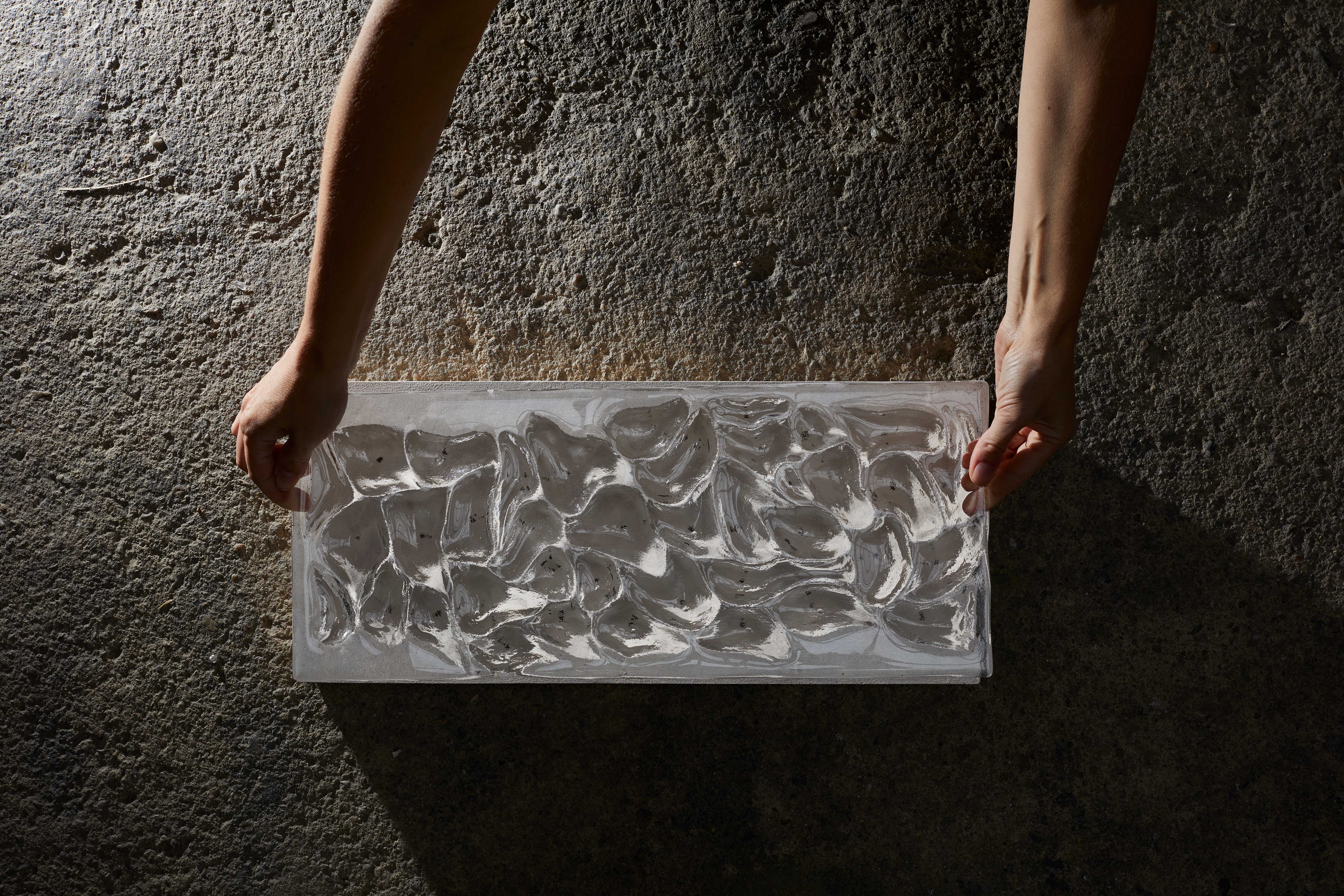
The beauty of these fused glass panels is that once laminated and 'made safe', they can be used on the facades of buildings. And unlike industrially- or mass-produced structured glass, where one type of roller is used and a wallpaper-style design is made with a pattern that repeats itself every few metres, these panels are handmade and unique. 'You can of course also repeat a pattern,' says Velčovský, 'but for now we are treating these sheets more like a three-dimensional canvas to show what is possible. It’s like a portfolio of design principles you can work with but there are many more as imagination has no boundaries.'
Wallpaper* Newsletter
Receive our daily digest of inspiration, escapism and design stories from around the world direct to your inbox.
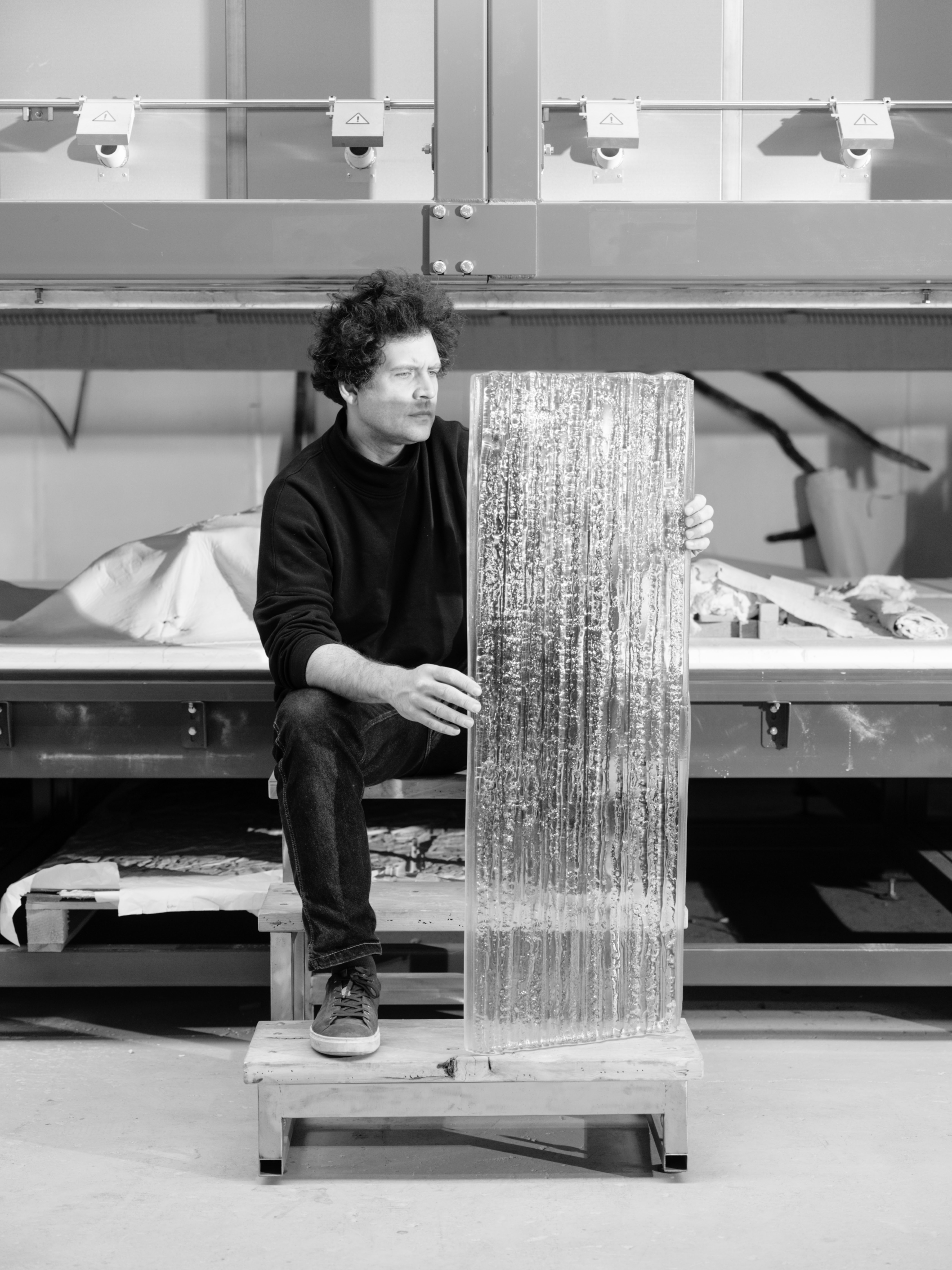
Elsewhere in Palazzo Isimbardi, Lasvit will feature other new products and innovations too. It will show a limited edition gold version of the La Scala lamp from its opulent ‘Neverending Glory’ series to mark the latter’s tenth anniversary, as well as a new light installation made of bent plywood, copper wires and handmade glass created by Lasvit senior designer Maria Culenova. It will also present a new collection called Nebula by Swedish designers Claesson Koivisto Rune. 'We haven’t had any Scandinavian designers work with us until now so we were excited about the more pure approach they might bring to the material,' says Velčovský.
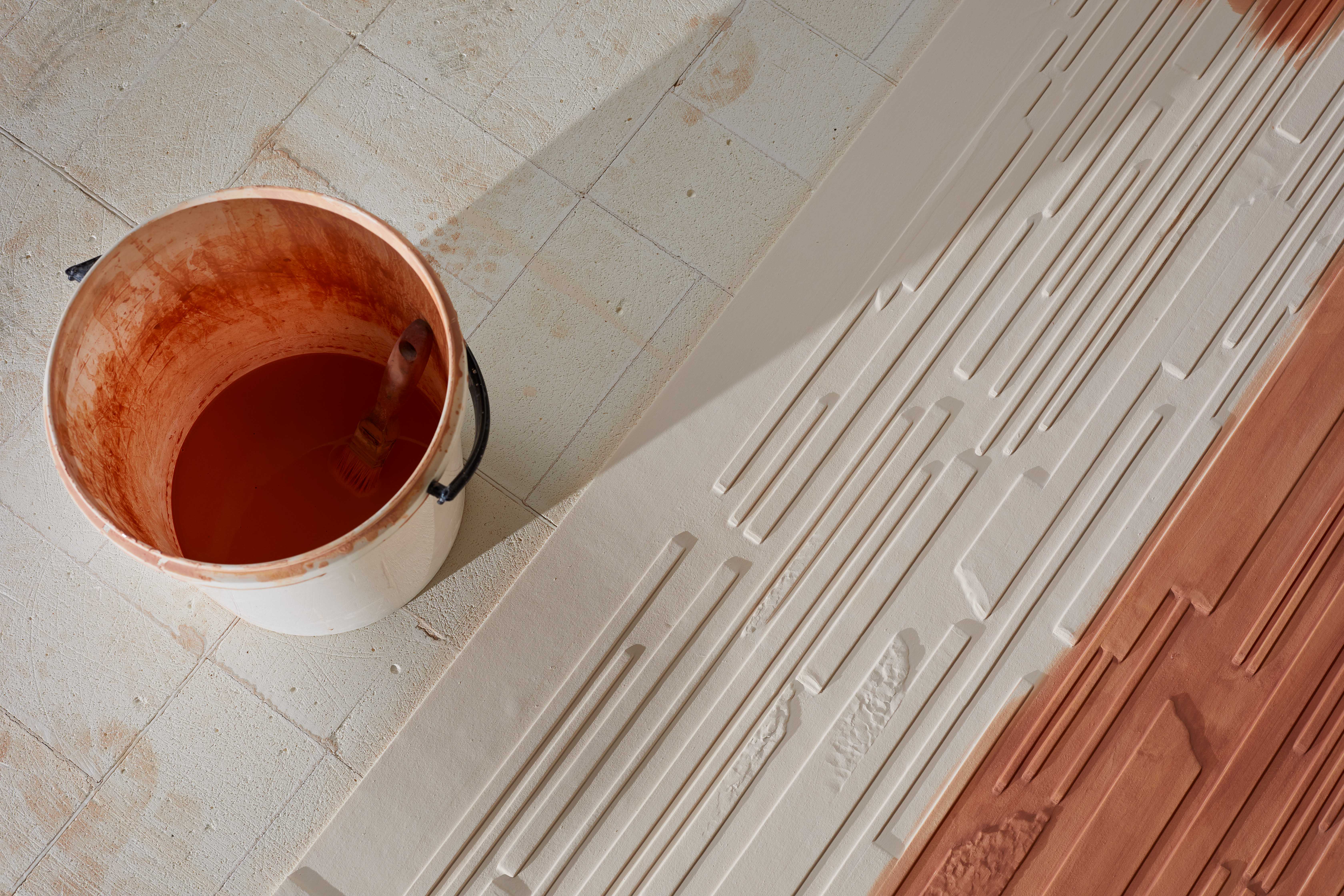
Made of borosilicate or technical glass, the same 'glass you find in a pyrex dish or double walled coffee cup' in order to achieve the perfect ‘thinness’ and detailing, the Nebula pendants and table lamps are finished by hand on the lathe. The otherworldly and constantly changing glow they produce is achieved by the diffusing glass lens at its centre, which is designed to send light upwards towards a metalized glass reflector.
'The biggest challenge with a piece like this is how to combine all the different ideas and create a harmonious whole where all the screws and details are hidden,' says Velčovský. 'Sometimes minimal and clean designs are more complicated than the more ornate ones,' he admits.
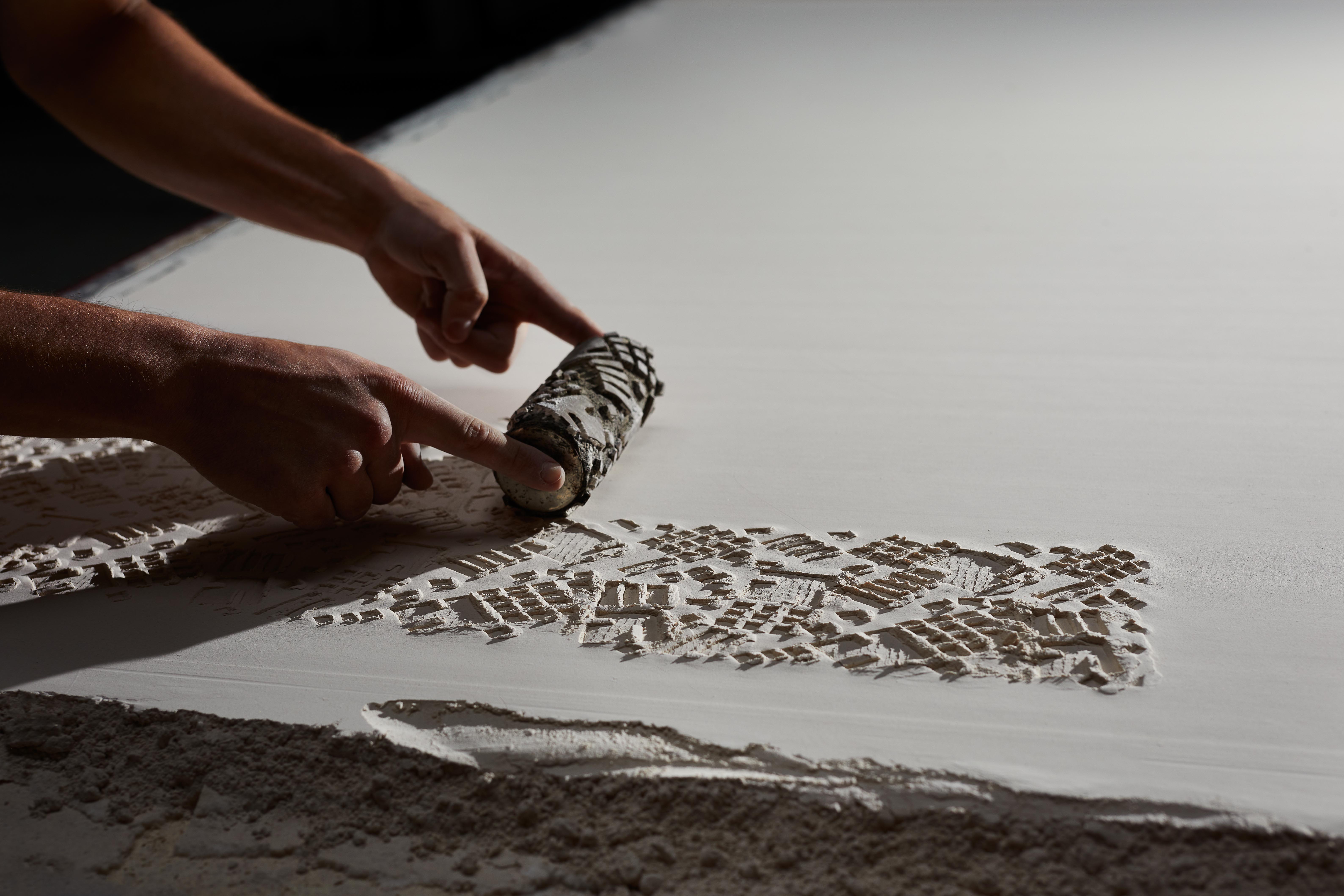
The third and final stop on our whistle stop pre-Milan Lasvit tour is Ajeto glassworks, part of the Lasvit group and a short drive from Nový Bor. 'This is where we have the furnace and glass-blowing, the guys who do the cutting, the mould maker and the guy who mixes the glass;' says Velčovský. 'A lot of the pre-industrial moments of the manufacturing process.'
It’s not possible to have every aspect of glass-making in-house, he continues, which is why Lasvit works with companies around the country. But having this kind of capability to hand means they can adapt and update designs and ideas with greater ease. When a designer or architect comes to them with an idea, 'we will always find a way,' he says. In terms of the fused glass, Velčovský hopes Milan Design Week will be a moment where industry players and designers can see the potential this technology has on a bigger scale. 'We want to partner with the right people to take this technology to the next level.'
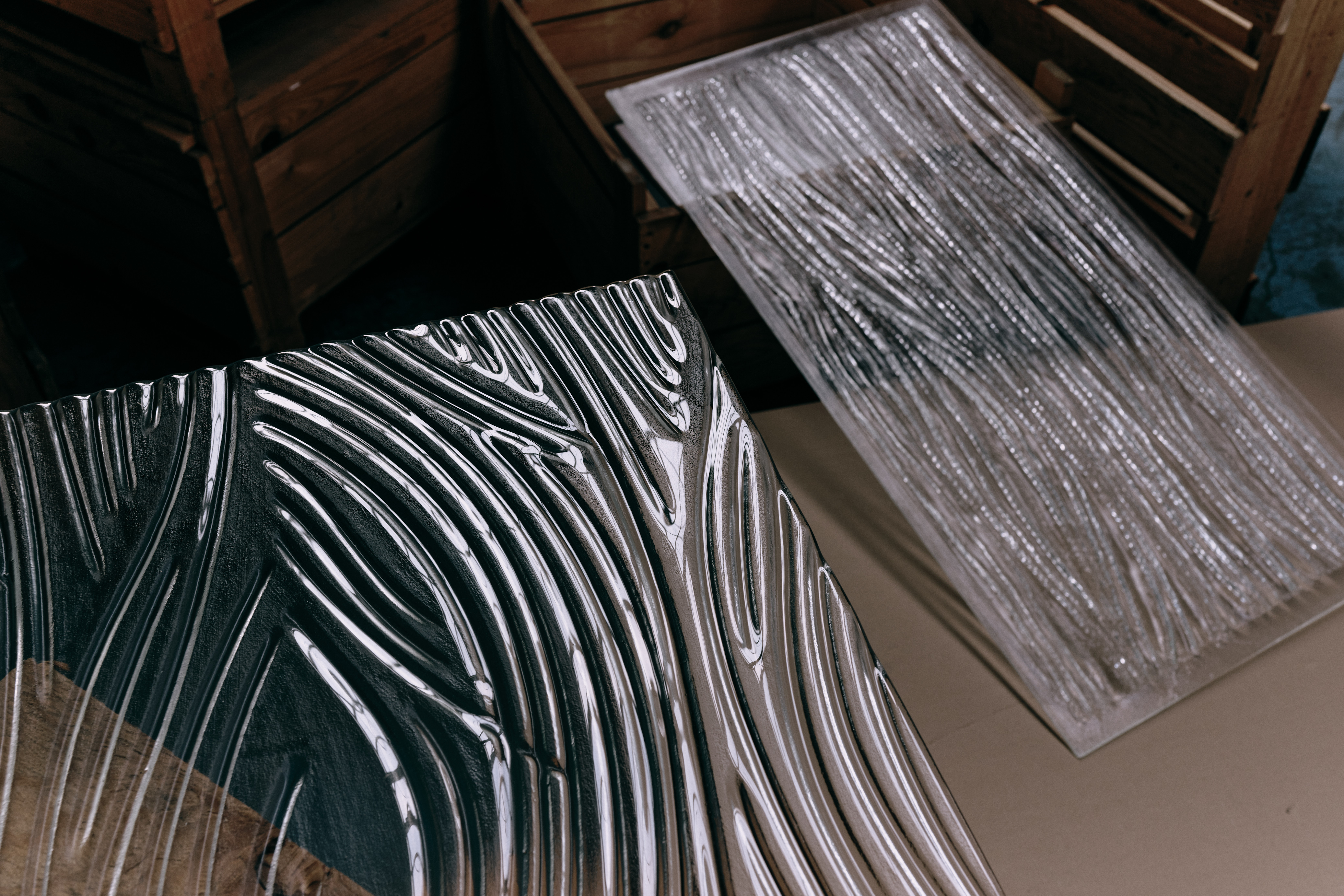
'Porta' by Lasvit is on view during Milan Design Week 2024 at Palazzo Isimbardi, Corso Monforte, 35
Giovanna Dunmall is a freelance journalist based in London and West Wales who writes about architecture, culture, travel and design for international publications including The National, Wallpaper*, Azure, Detail, Damn, Conde Nast Traveller, AD India, Interior Design, Design Anthology and others. She also does editing, translation and copy writing work for architecture practices, design brands and cultural organisations.
-
 Put these emerging artists on your radar
Put these emerging artists on your radarThis crop of six new talents is poised to shake up the art world. Get to know them now
By Tianna Williams
-
 Dining at Pyrá feels like a Mediterranean kiss on both cheeks
Dining at Pyrá feels like a Mediterranean kiss on both cheeksDesigned by House of Dré, this Lonsdale Road addition dishes up an enticing fusion of Greek and Spanish cooking
By Sofia de la Cruz
-
 Creased, crumpled: S/S 2025 menswear is about clothes that have ‘lived a life’
Creased, crumpled: S/S 2025 menswear is about clothes that have ‘lived a life’The S/S 2025 menswear collections see designers embrace the creased and the crumpled, conjuring a mood of laidback languor that ran through the season – captured here by photographer Steve Harnacke and stylist Nicola Neri for Wallpaper*
By Jack Moss
-
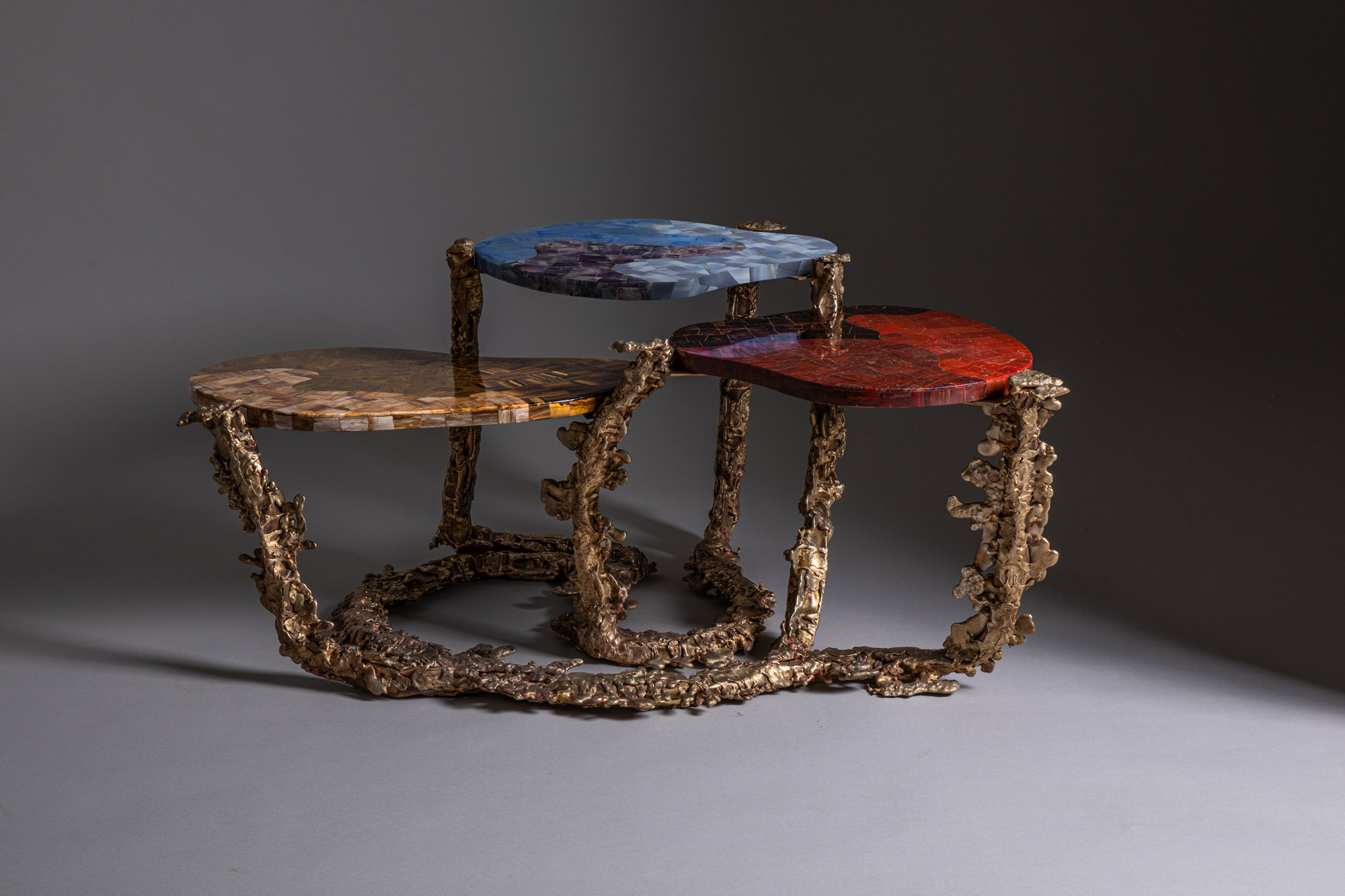 Inside the Shakti Design Residency, taking Indian craftsmanship to Alcova 2025
Inside the Shakti Design Residency, taking Indian craftsmanship to Alcova 2025The new initiative pairs emerging talents with some of India’s most prestigious ateliers, resulting in intricately crafted designs, as seen at Alcova 2025 in Milan
By Henrietta Thompson
-
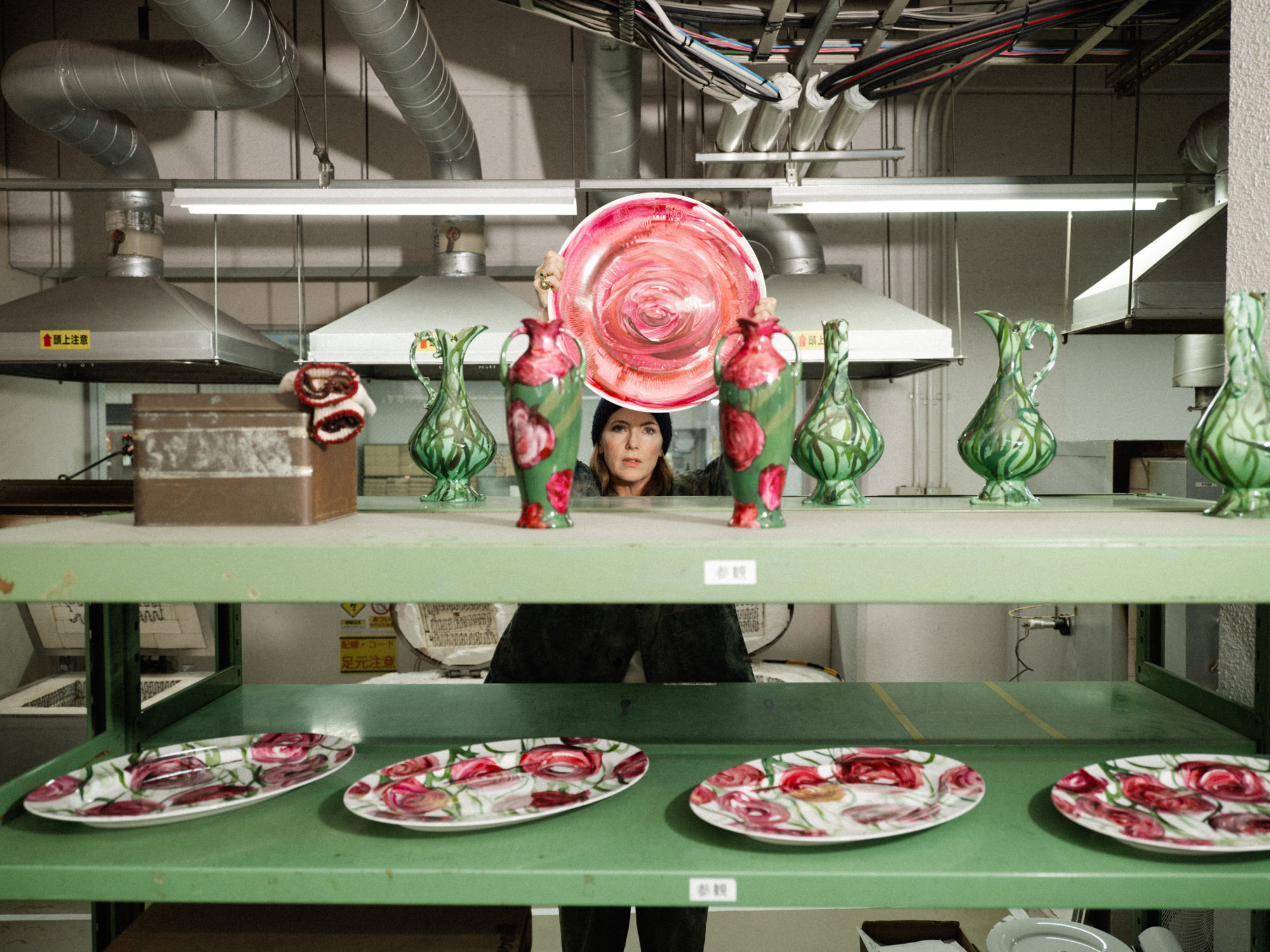 Faye Toogood comes up roses at Milan Design Week 2025
Faye Toogood comes up roses at Milan Design Week 2025Japanese ceramics specialist Noritake’s design collection blossoms with a bold floral series by Faye Toogood
By Danielle Demetriou
-
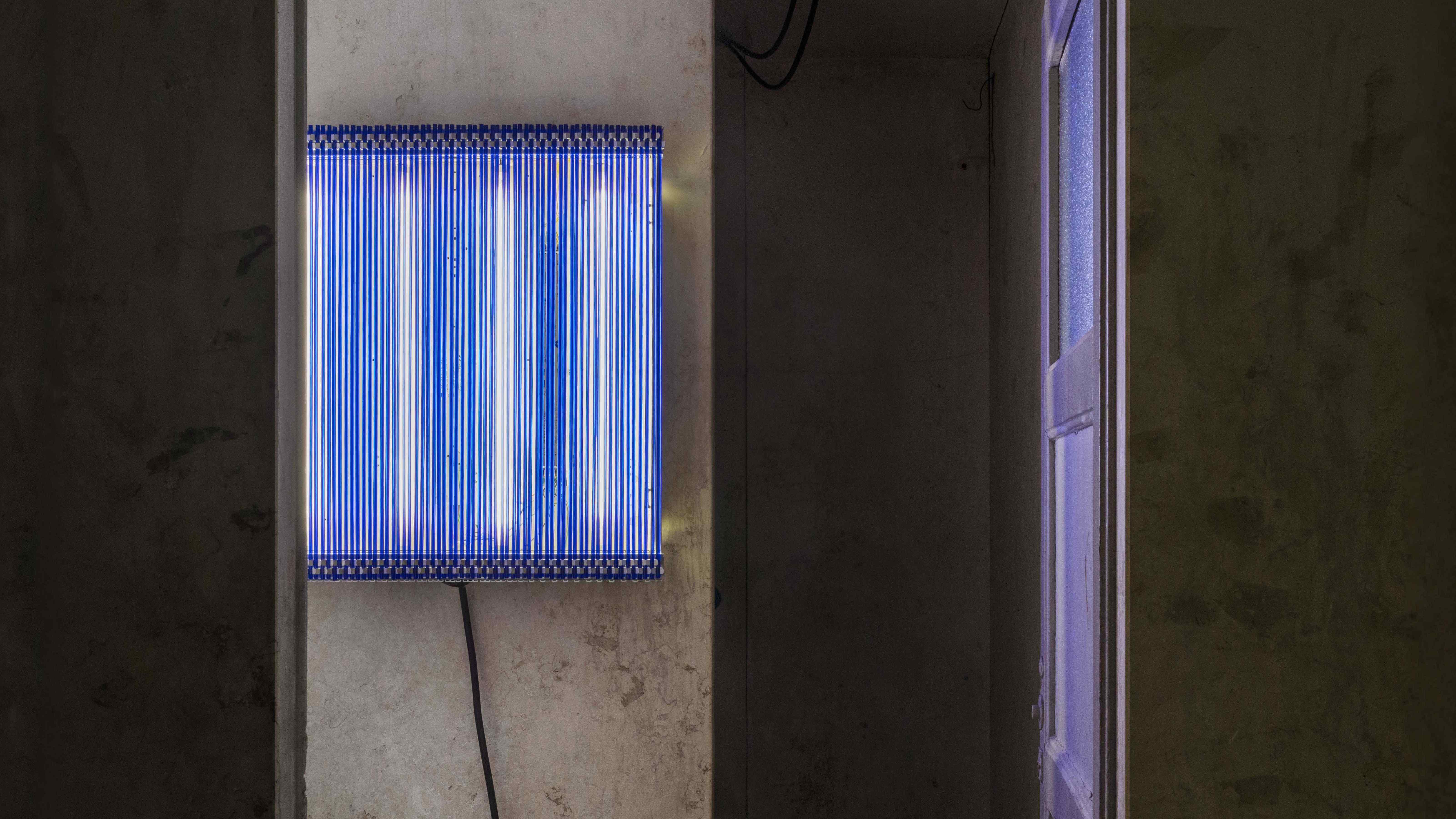 6:AM create a spellbinding Murano glass showcase in Milan’s abandoned public shower stalls
6:AM create a spellbinding Murano glass showcase in Milan’s abandoned public shower stallsWith its first solo exhibition, ‘Two-Fold Silence’, 6:AM unveils an enchanting Murano glass installation beneath Piscina Cozzi
By Ali Morris
-
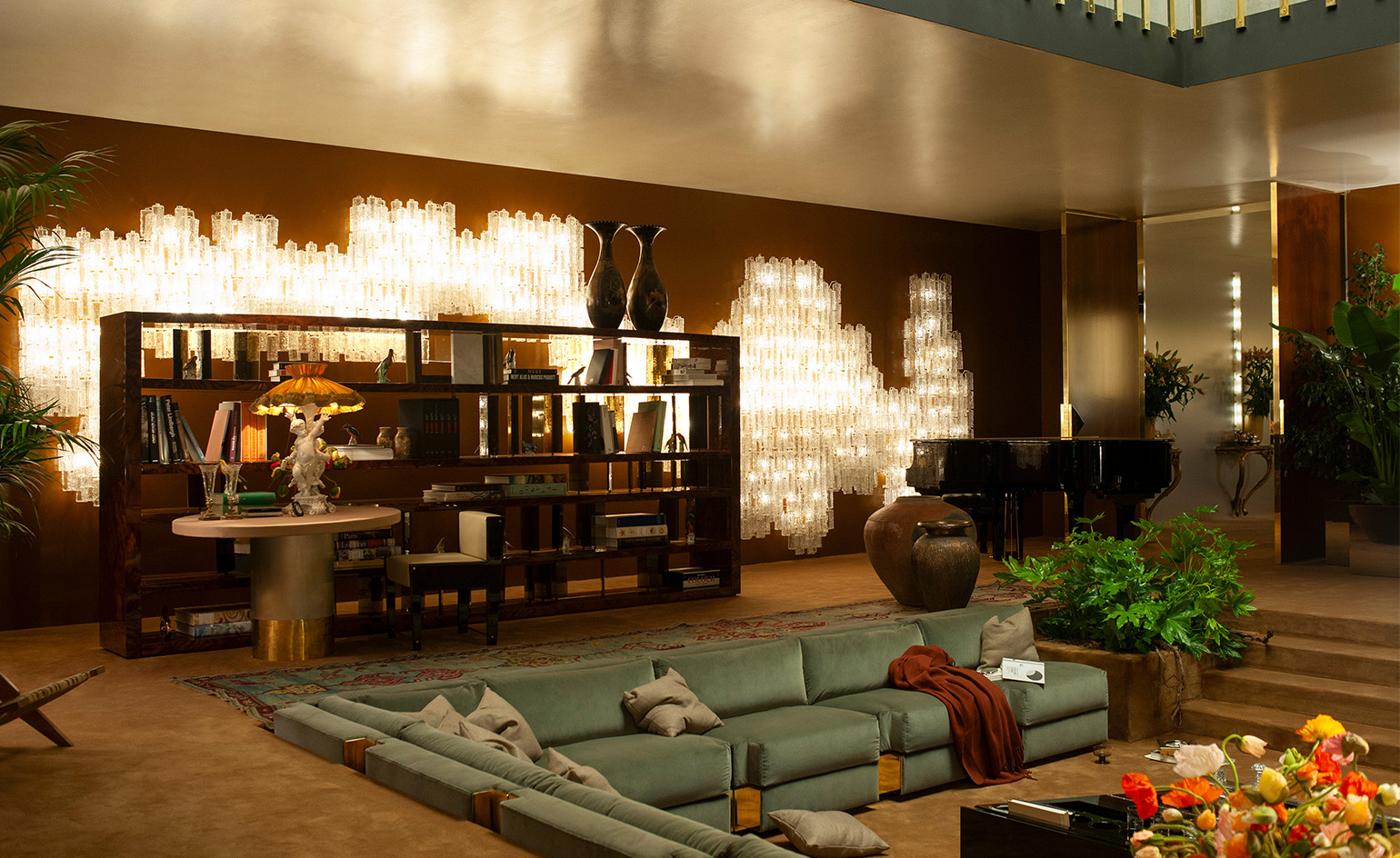 Dimoremilano and Loro Piana channel 1970s cinema in decadent Milan display
Dimoremilano and Loro Piana channel 1970s cinema in decadent Milan displayAt Milan Design Week 2025, Dimorestudio has directed and staged an immersive, film-inspired installation to present new furniture and decor for Loro Piana
By Dan Howarth
-
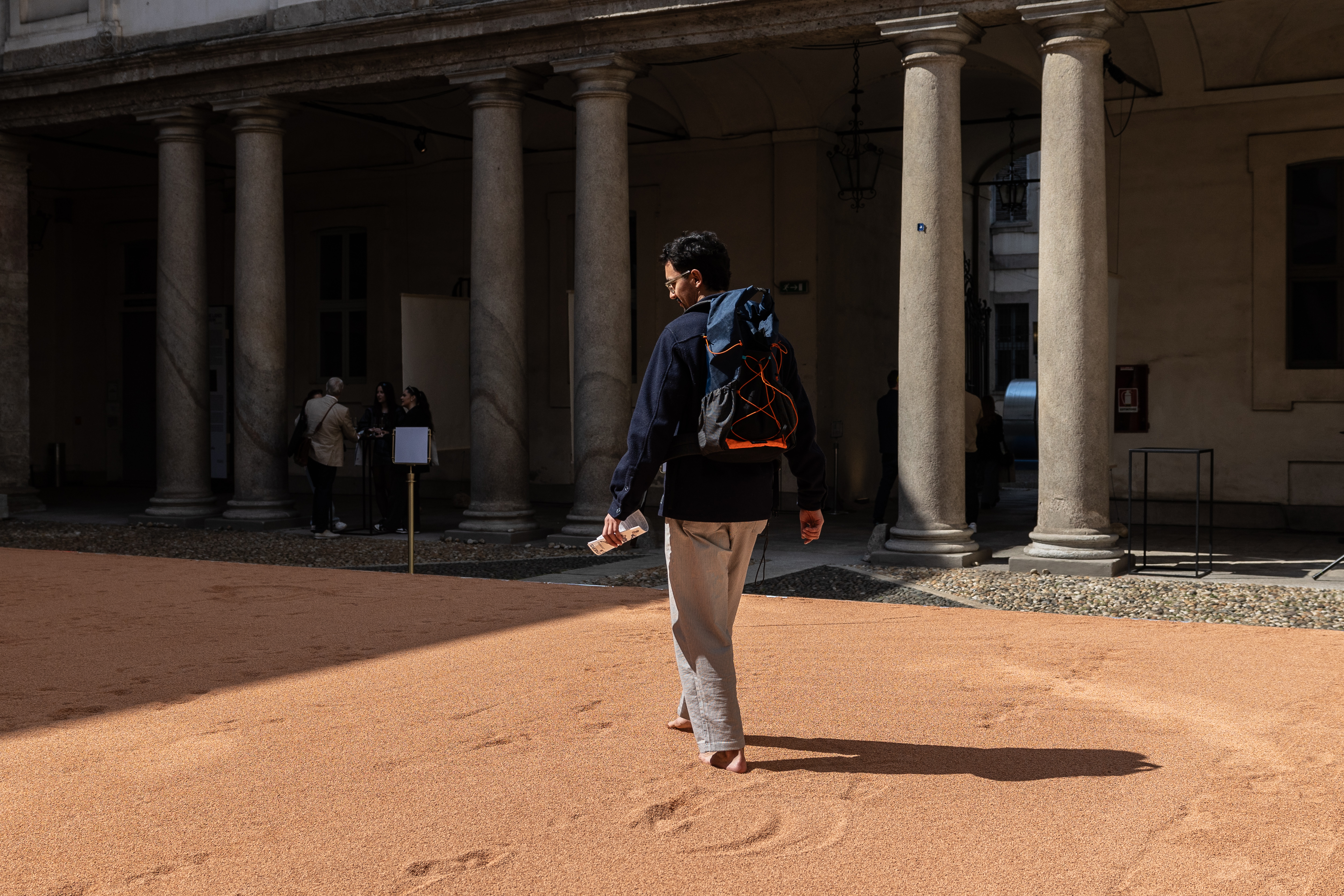 In Milan, MoscaPartners presents a poetic exploration of ‘migration’
In Milan, MoscaPartners presents a poetic exploration of ‘migration’Alongside immersive work by Byoung Cho, MoscaPartners’ Milan Design Week 2025 display features an accessible exhibition path designed for visually impaired visitors
By Cristina Kiran Piotti
-
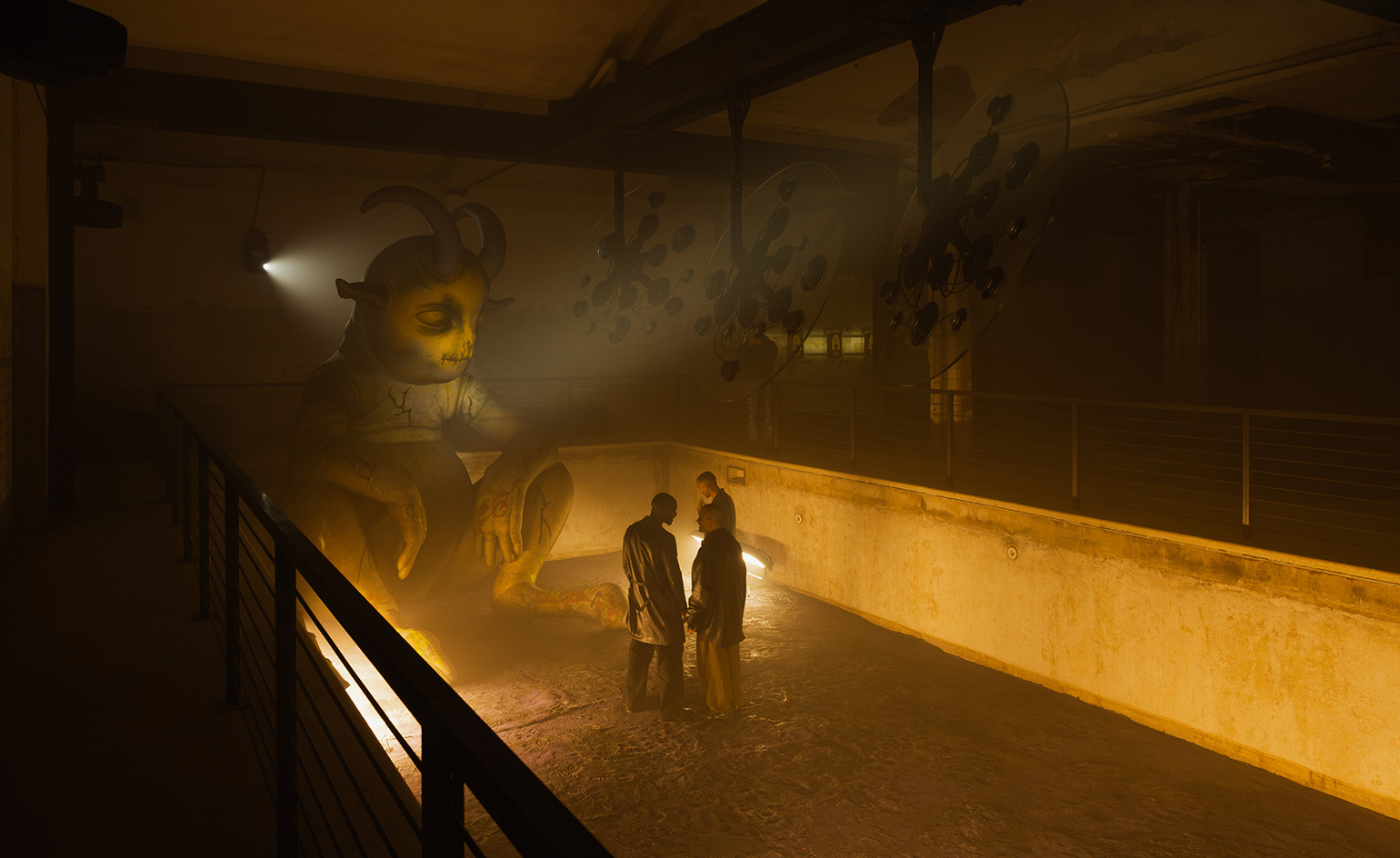 The making of PAN and Nike’s euphoric, club-inspired collaboration at Milan Design Week
The making of PAN and Nike’s euphoric, club-inspired collaboration at Milan Design WeekAlongside a new Air Max 180 release, ‘The Suspended Hour’ display sees Berlin record label PAN imagine the unfolding of a club night, from dusk until dawn
By Craig McLean
-
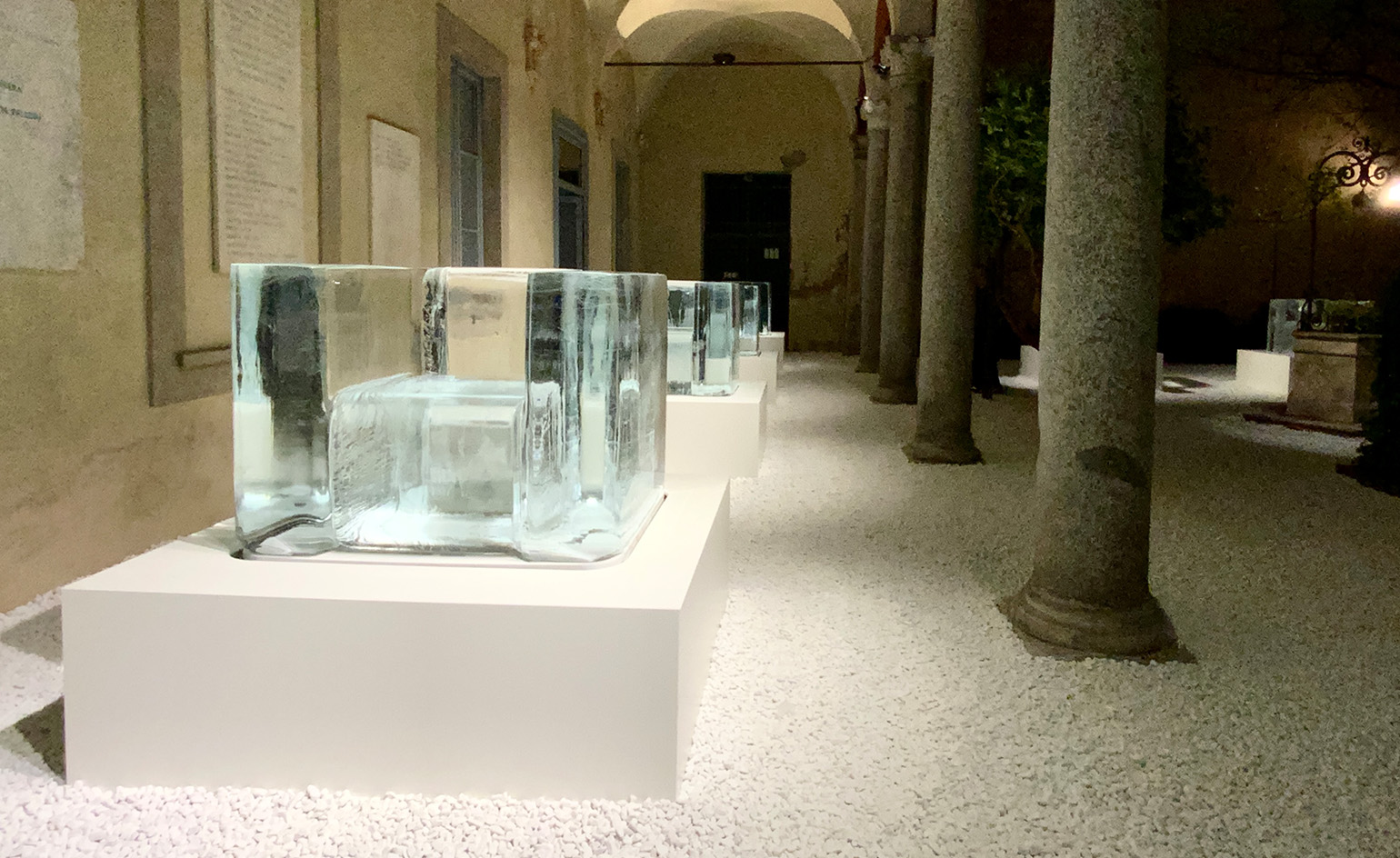 Tokujin Yoshioka’s ephemeral ice furniture is made to melt in Milan
Tokujin Yoshioka’s ephemeral ice furniture is made to melt in MilanTransparent chairs of frozen water slowly disappear during Milan Design Week 2025, in an expression of light by Japanese artist Tokujin Yoshioka
By Danielle Demetriou
-
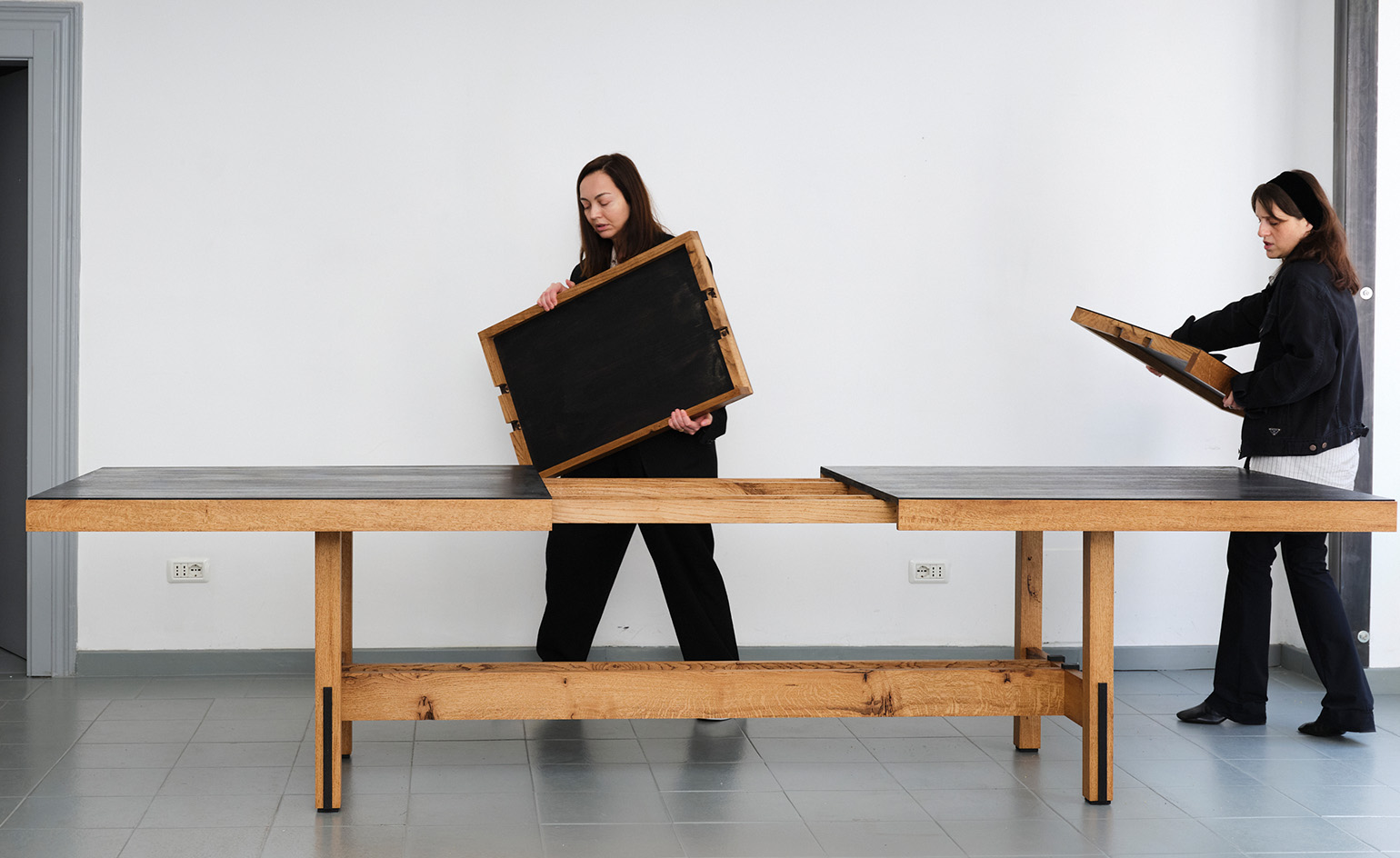 In Milan, Rooms Studio examines Georgia’s shifting social landscape
In Milan, Rooms Studio examines Georgia’s shifting social landscapeExpandable tables that reference recent government protests and lamps held together with ‘chewing gum’ feature in the Tbilisi-based studio’s Milan Design Week 2025 installation
By Dan Howarth